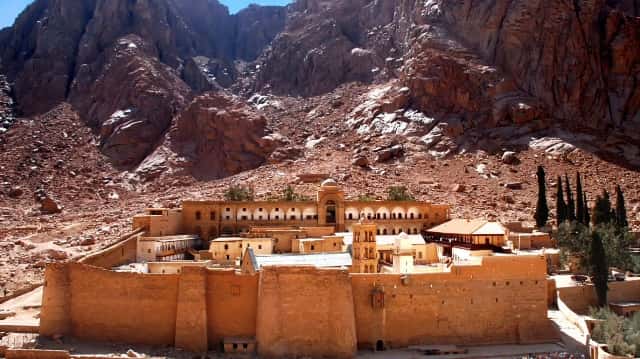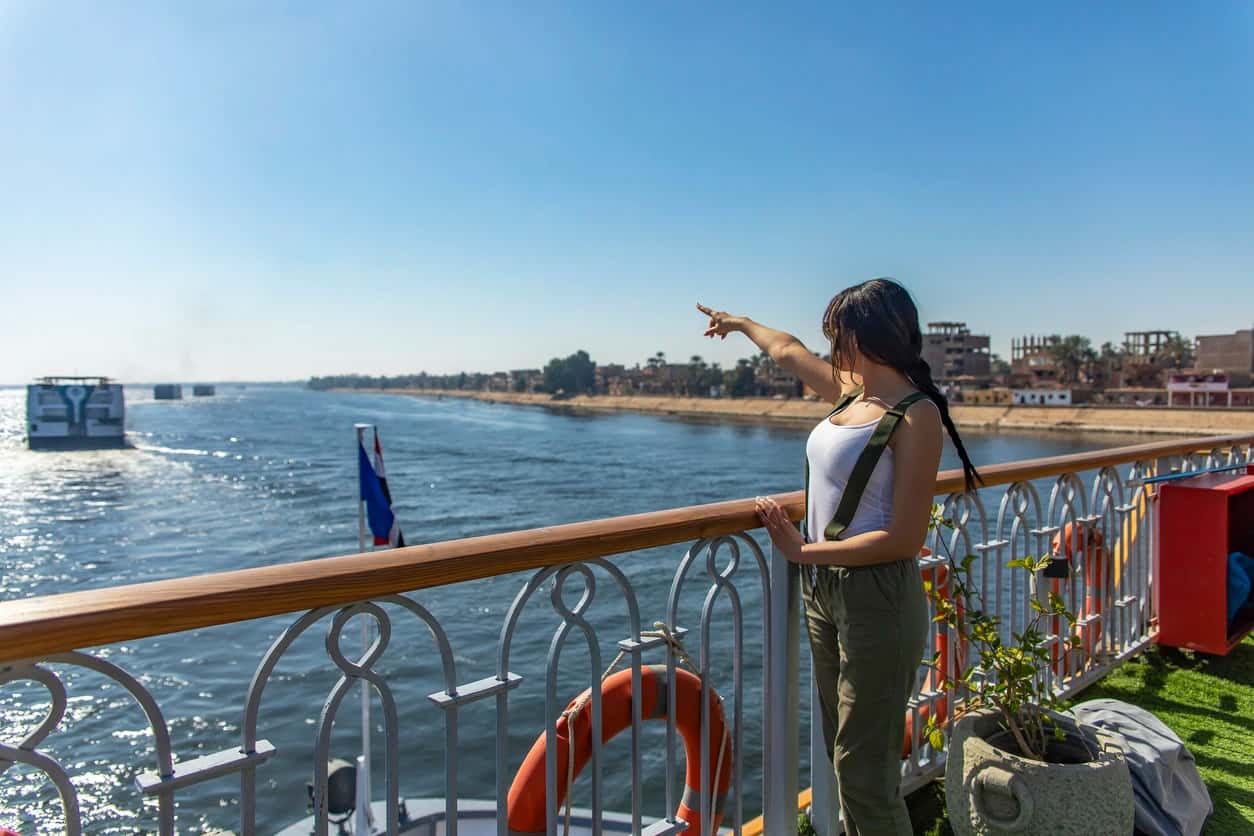
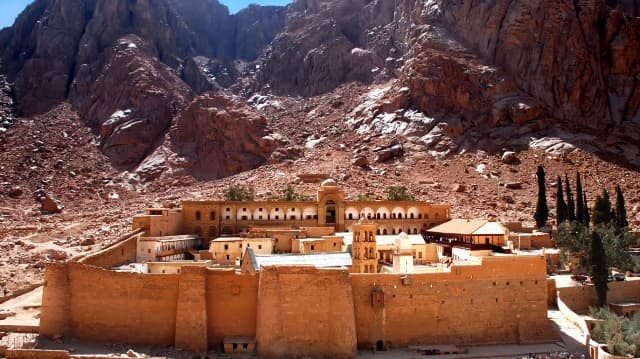
Journey to Saint Catherine Sinai—Egypt’s spiritual heart. Experience culture, history, and breathtaking views. Plan your visit to this iconic site now!
Saint Catherine’s Monastery, at the foot of Mount Sinai, is the world’s oldest functioning Christian monastery and a UNESCO World Heritage Site. Built in the 6th century, it holds deep religious significance and houses ancient icons, fortified walls, and the oldest active library. Nearby Mount Sinai, a sacred site tied to Moses, lies within a protected UNESCO biosphere reserve.
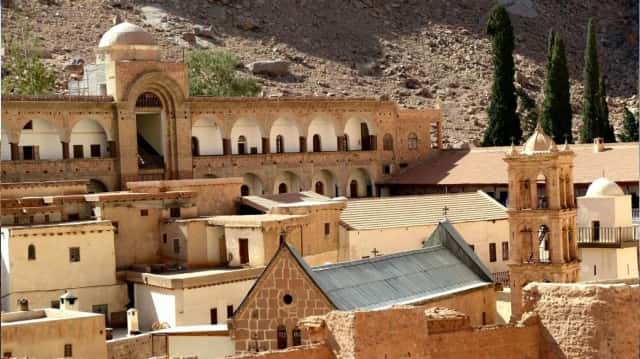
Mount Sinai is traditionally identified as the site where Moses encountered God in the burning bush and later received the Ten Commandments. The bush, said to have survived, now grows in the courtyard of Saint Catherine’s Monastery, marked by a silver star.
Moses witnessed a bush that burned without being consumed and heard God's voice commanding him to lead the Israelites out of Egypt. This site became central to Judeo-Christian tradition and remains sacred today.
Mount Sinai is venerated in Judaism, Christianity, and Islam. It is where Moses received the Torah, where early Christian ascetics settled, and is referenced in the Quran as Ṭūr Sīnā’. Saint Catherine’s Monastery was historically protected under Islamic rule by a charter attributed to Prophet Muhammad.
Founded in the 6th century by Emperor Justinian I, the monastery has continuously functioned as a center of Christian worship. It holds a major collection of early manuscripts, second only to the Vatican, and has remained intact through centuries, symbolizing peace and interfaith respect.
Saint Catherine's Monastery combines sturdy fortress architecture with rich religious art, featuring high stone walls, chapels adorned with mosaics, and a historic library of ancient manuscripts. It protects the sacred Burning Bush, making it a unique blend of spiritual and historical significance.
The monastery is a revered pilgrimage site for Christians, Jews, and Muslims, housing Saint Catherine’s relics and linked to key biblical events. It offers a tranquil environment for worship and reflection, fostering a lasting sense of peace and spiritual renewal.
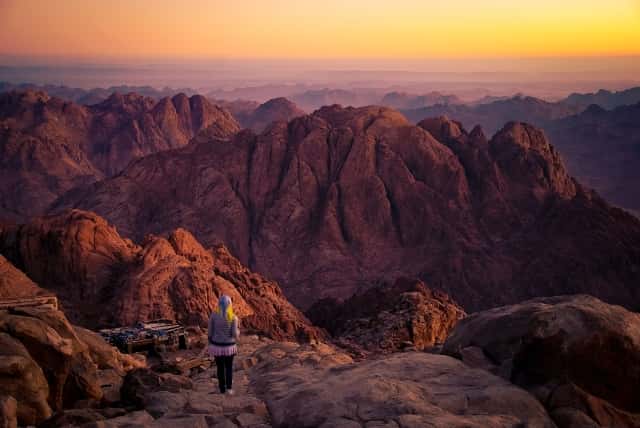
Saint Catherine’s Monastery stands as a lasting example of Byzantine architecture and spiritual resilience, preserved through centuries of natural and political challenges.
Built between 548–565 CE by order of Emperor Justinian I, the monastery was designed by Stephanus of Aila with thick granite walls to protect the monks and the site of the Burning Bush. It also features the world’s oldest surviving wooden roof truss.
Christian presence at Mount Sinai predates the monastery. In 330 CE, Empress Helena commissioned a chapel over the Burning Bush, later included in Justinian’s complex. Early monks used local materials to build on the rugged terrain, reflecting a life of simplicity and devotion.
The monastery’s survival is credited to interfaith diplomacy. In the 7th century, it received protection from Prophet Muhammad through the Ahdname. A mosque was added within its walls in the 11th century. The monastery remained active through the Crusades and Mamluk period, welcoming a diverse community of monks and pilgrims from across regions.
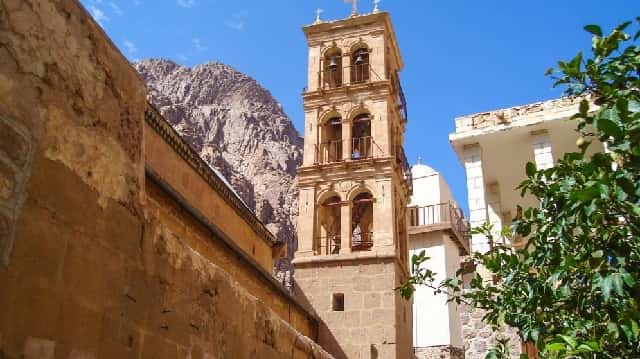
Saint Catherine’s Monastery holds centuries-old treasures of religious and artistic significance, carefully preserved by generations of monks.
Church of the Transfiguration: Centerpiece of the monastery, featuring a renowned 6th-century mosaic showing Christ with Moses and Elijah—a major Byzantine work linking Old and New Testament themes.
Chapel of the Burning Bush: Built on the site where Moses is believed to have encountered the Burning Bush. Pilgrims enter barefoot to honor the sacred ground.
Icon of Christ Pantocrator: The oldest known image of Christ, dating to the 6th century, reflecting both divine and human aspects.
Ancient Library & Codex Sinaiticus: The world’s oldest working library, housing 3,300+ manuscripts. Once home to the Codex Sinaiticus, the earliest complete New Testament.
Well of Moses & Saintly Relics: The well is tied to Moses’ meeting with Zipporah. The monastery also preserves relics of Saint Catherine, including her skull and hand.
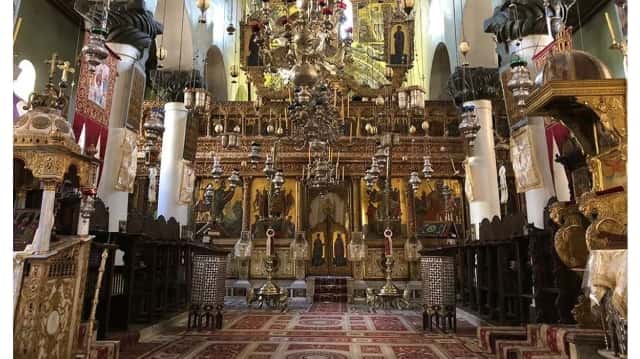
The Mount Sinai region offers scenic hikes, camel treks, and visits to the stunning Colored Canyon. Nearby, the Red Sea provides top diving and snorkeling. Cultural encounters with Bedouin communities add depth to the experience.
Mount Sinai (2,285 m) is a sacred site believed to be where Moses received the Ten Commandments. Hikes to the summit, often timed for sunrise or sunset, follow either the easier Camel Path or the steeper Steps of Repentance, taking about 3–4 hours. A licensed Bedouin guide is legally required.
Wadi Tlah – Easy valley walk (3.5–4 hrs) with granite scenery.
Mount Catherine – Egypt’s highest peak, more challenging.
Darb Ahmar – Rugged, scenic trail with some scrambling.
Pack essentials: sturdy shoes, layers, flashlight, water, snacks, and sun protection. Winter requires thermal gear.
The Jebeliya Bedouins, monastery guardians for over 1,500 years, preserve a unique cultural and spiritual bond with the area through desert farming and hospitality.
Dining in Al-Milga:
Cleopatra Restaurant – Clean and reliable.
Ziko’s Restaurant – Local and international dishes, family-run.
Lodging options:
Monastery Guest House – Simple, near the monastery.
Masoudi Lodge – Scenic views.
Fox Camp & Sheik Mousa Camp – Bedouin-style stays with cultural flair.
Visitors often explore Dr. Ahmed’s botanical pharmacy for herbal remedies sourced from local plants. FanSina showcases embroidered Bedouin crafts made by over 400 women, supporting traditional arts and livelihoods in the Sinai.
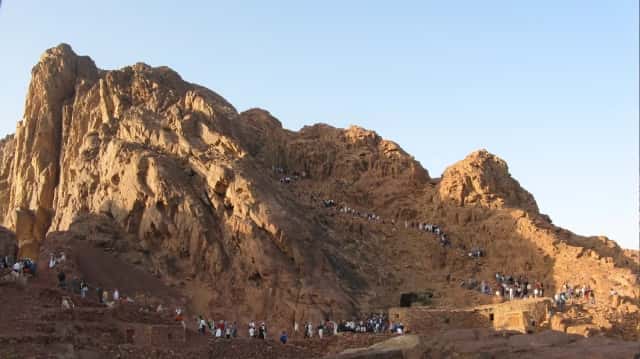
Visiting Saint Catherine's Monastery requires thoughtful planning due to its remote desert location and religious customs.
The monastery sits at the foot of Mount Sinai in Egypt’s Sinai Peninsula, about 260 km from Cairo and near the village of Al-Milga. It lies between the Red Sea Mountains and the Eastern Desert Hills, close to Mount Sinai’s 2,285-meter summit.
The best times to visit are spring (March–May) and autumn (September–November), when temperatures are moderate. The monastery is open Saturday–Thursday from 8:45 AM to 11:30 AM, and Fridays from 10:45 AM. It is closed on Sundays and Orthodox holidays.
Modest clothing is required—shoulders and knees must be covered. Women should wear headscarves, and shoes must be removed before entering sacred areas. Photography in the church and the use of tobacco or alcohol on the grounds are prohibited.
From Cairo: Daily buses taking 6–8 hours. Private cars may be faster.
From Dahab: Buses and taxis reach the monastery in about 1–2 hours.
From Sharm El-Sheikh: Tours and taxis cover the 3-hour journey, often including a Mount Sinai sunrise hike.
Mount Sinai (Jabal Musa), located near the monastery, rises 2,285 meters above sea level. The village of Saint Catherine is the main gateway for travelers. Its remote location demands preparation, especially for those hiking the mountain.
Check current travel advisories, especially for the Sinai region, before planning your trip.
Documents: Ensure passports and visas are valid.
Clothing: Dress in layers; bring sun protection and hiking gear.
Health: Stay hydrated, pace yourself, and consider travel insurance.
Customs: Respect local traditions and ask before photographing people.
Language: Arabic is spoken, but English is widely understood in tourist areas.

Saint Catherine’s Monastery is a rare spiritual and historical treasure in Sinai’s desert, uniting faiths and traditions for over 1,500 years. Visitors experience ancient relics, living monastic life, and breathtaking surroundings, often beginning with a sunrise hike up Mount Sinai. With careful preparation and respect, it offers a deeply moving journey into faith, history, and peace.
Saint Catherine’s Monastery is in Egypt’s Sinai Peninsula, at the base of Mount Sinai, about 500 km southeast of Cairo.
Yes, it is open to visitors, though hours and access may vary. It’s best to check ahead before planning your visit.
The monastery is accessible by road from Cairo, Sharm El-Sheikh, and other cities. Travel options include public buses, private taxis, and organized tours.
Dress modestly—shoulders and knees should be covered. Comfortable shoes are essential, especially if hiking Mount Sinai.
Yes, various guesthouses, lodges, and camps are available in the nearby town of Saint Catherine.
Yes, a Bedouin guide is required by law for all hikes. This ensures safety and supports local customs.
The area around the monastery is generally safe, though travelers should stay informed and follow local advice.
Organized tours are the easiest option, often including transport, guides, and monastery visits from places like Cairo or Sharm El-Sheikh.
Spring (March–May) and autumn (September–November) offer the most pleasant weather. The monastery is open Monday–Thursday and Saturday, with closures on Fridays, Sundays, and Orthodox holidays.
The monastery is open from 9:00 AM to 11:30 AM, except on Fridays, Sundays, and major Orthodox holidays. Always check ahead for any changes.
Many visitors hike overnight to catch the sunrise from the summit. Sunset hikes are also an option and tend to be less crowded.
Discover sacred wonders on Luxury Egypt Tours—hike Mount Sinai & explore Saint Catherine’s Monastery, a timeless crossroad of faith. Book now!
